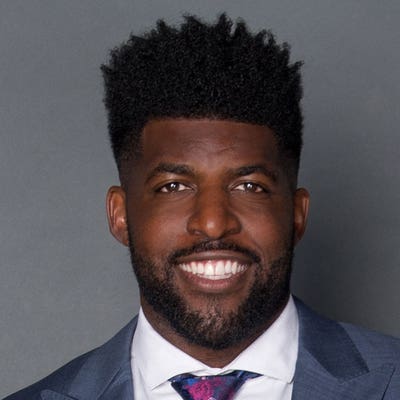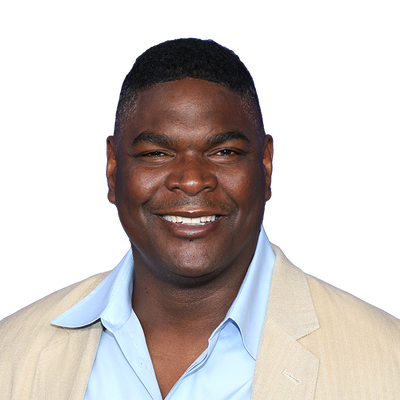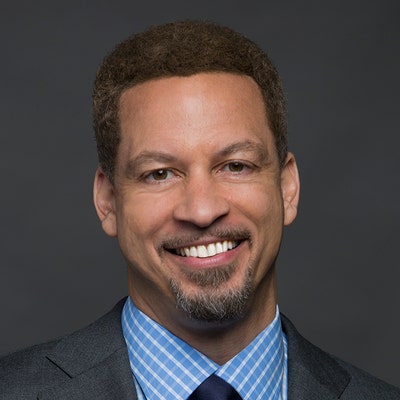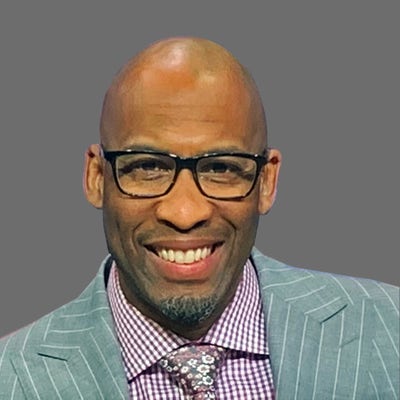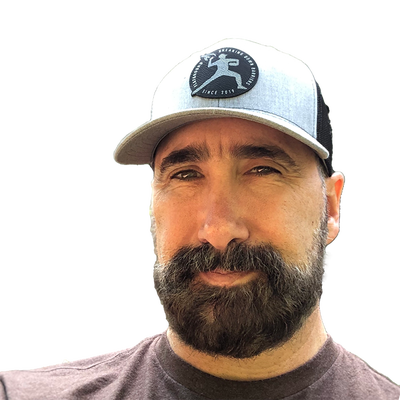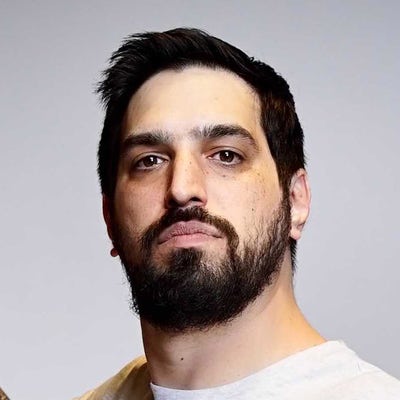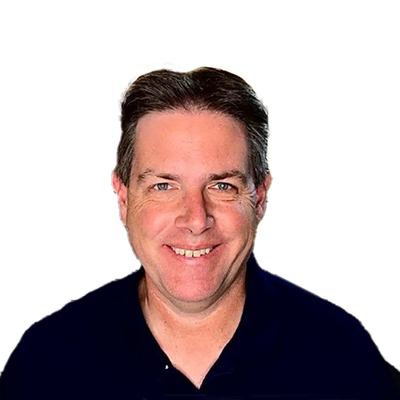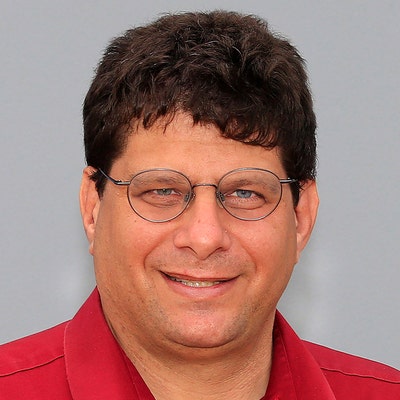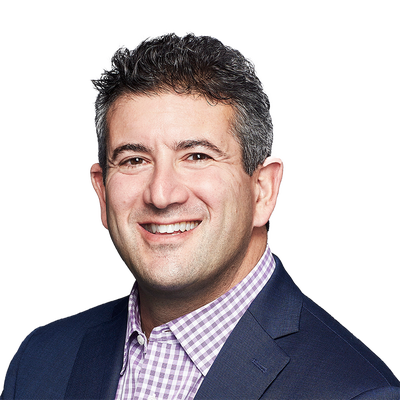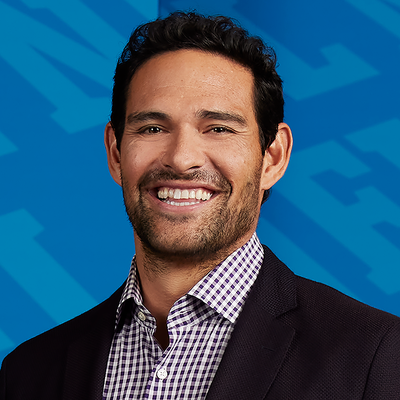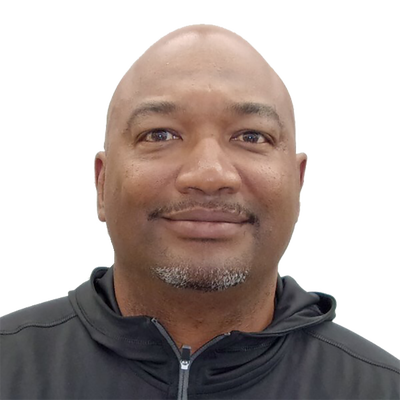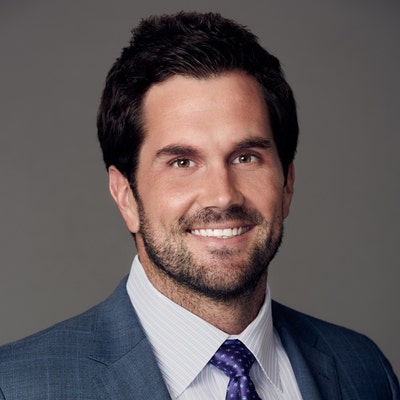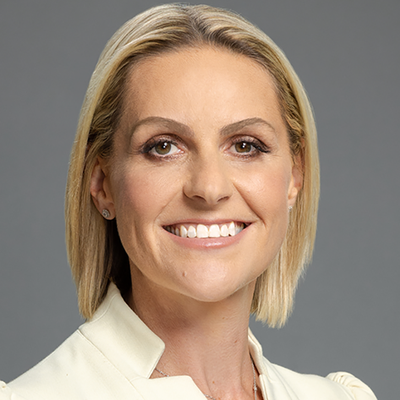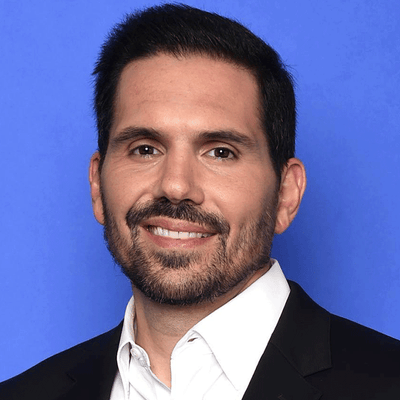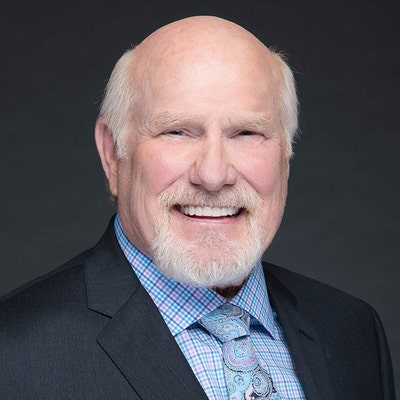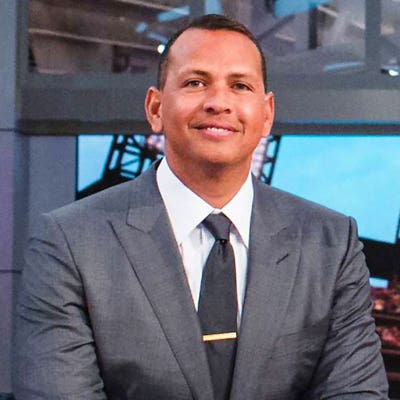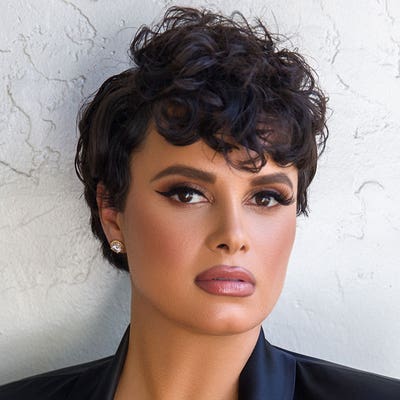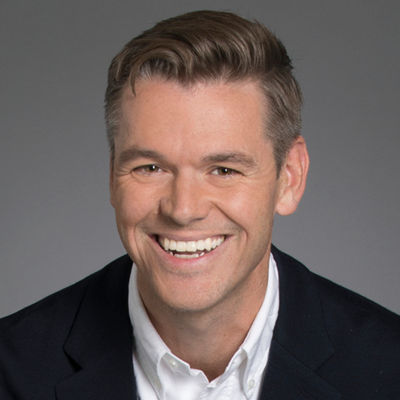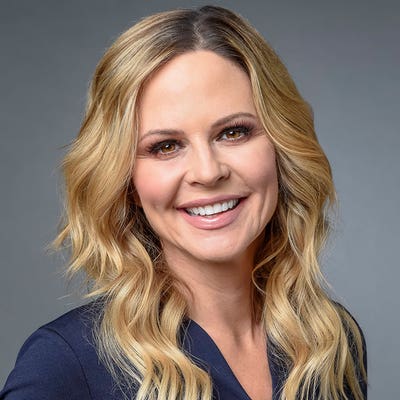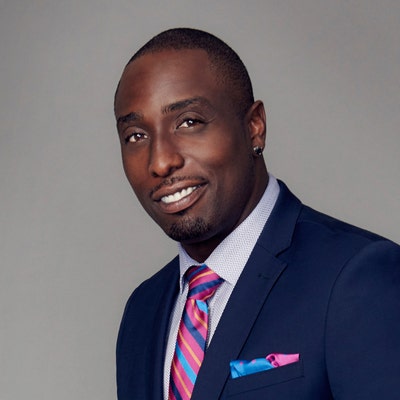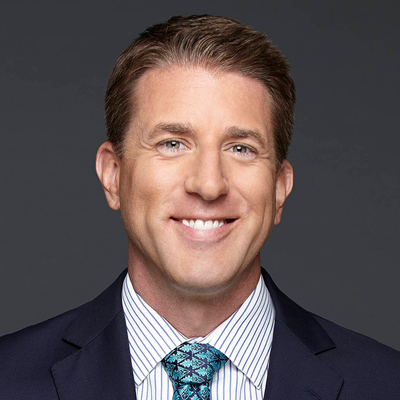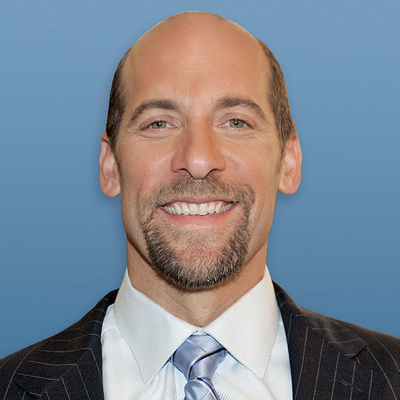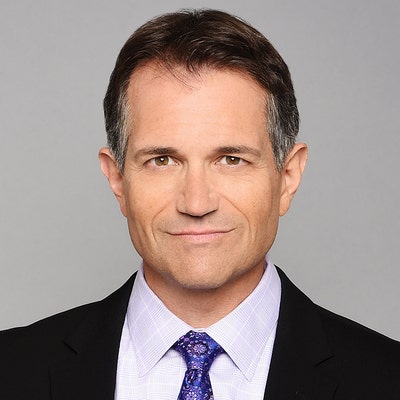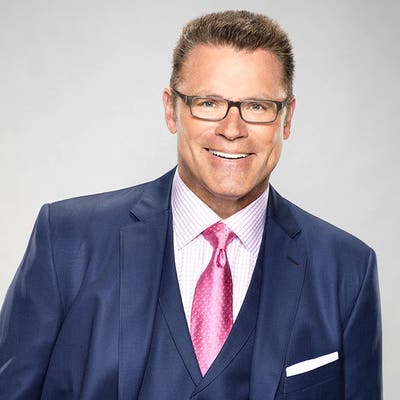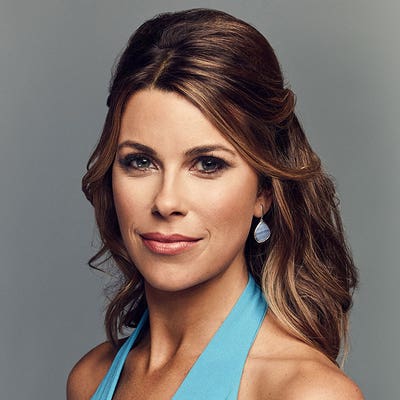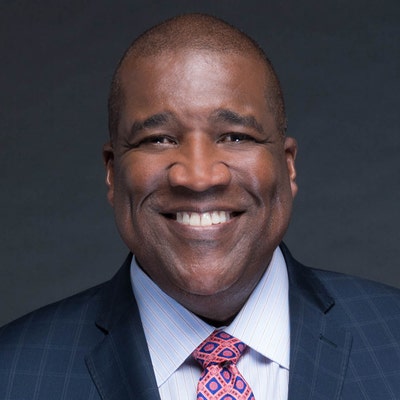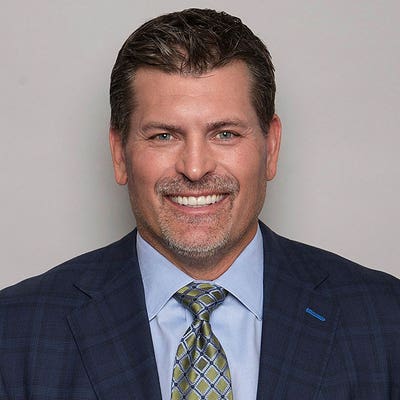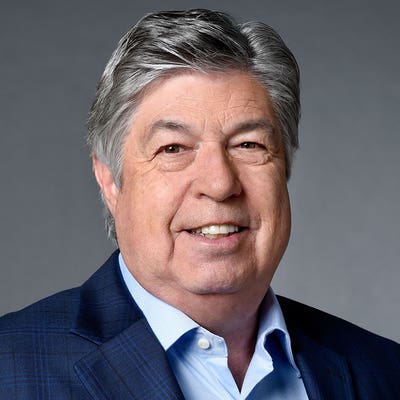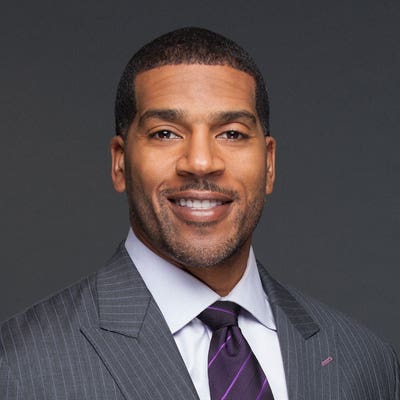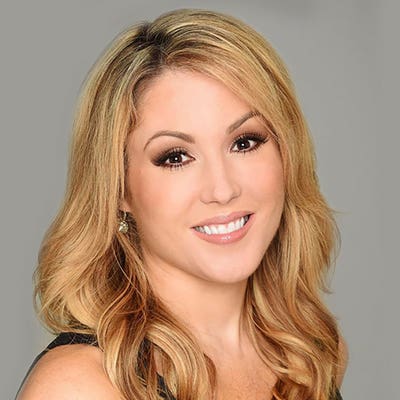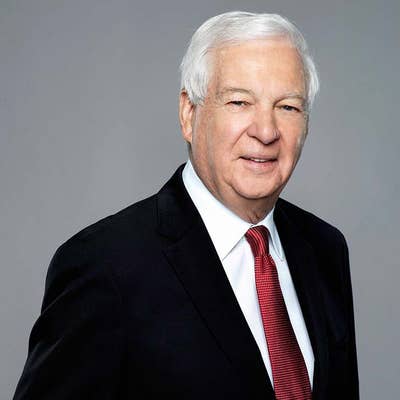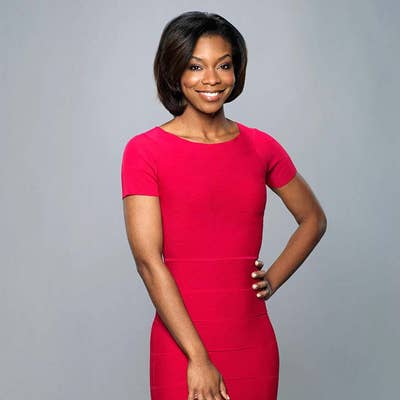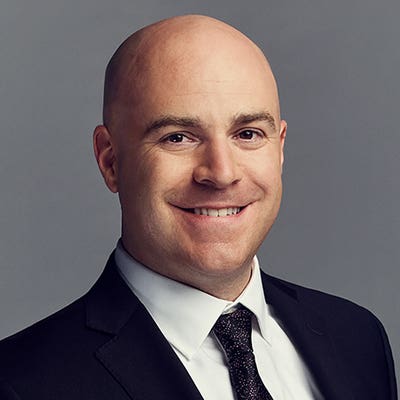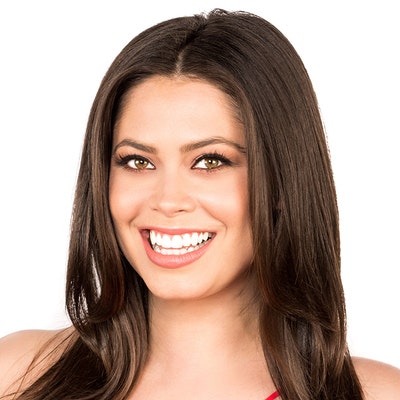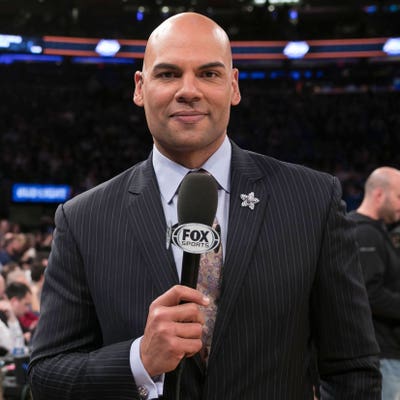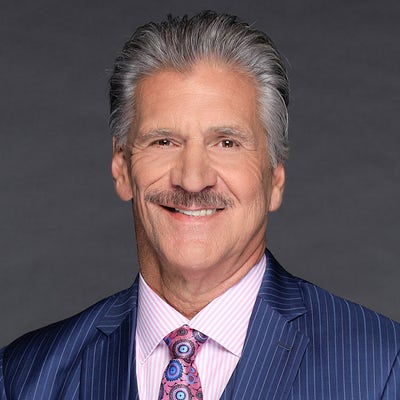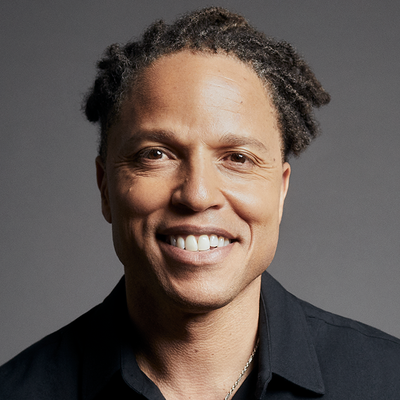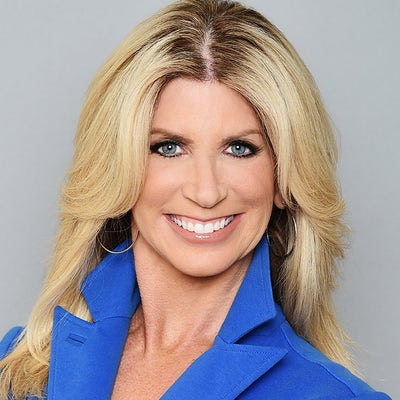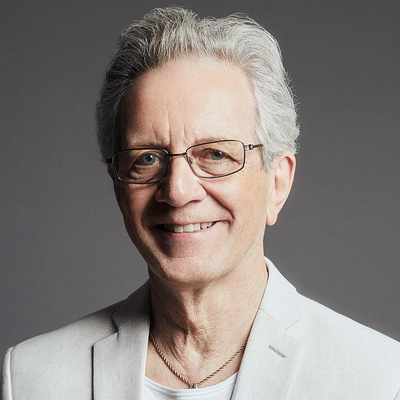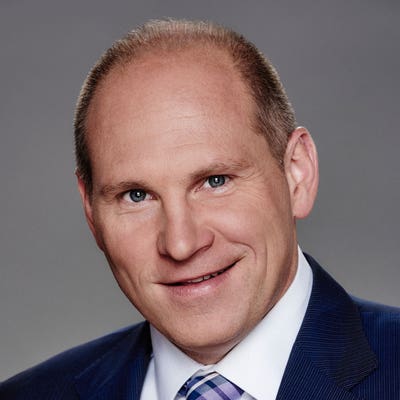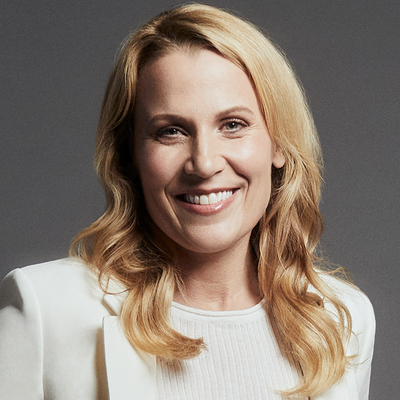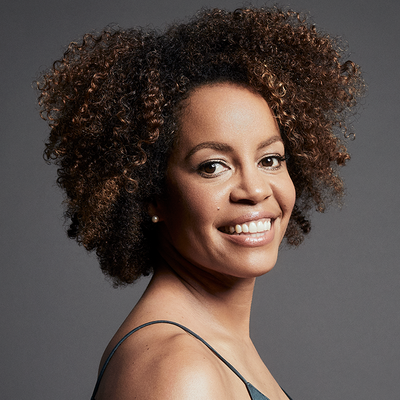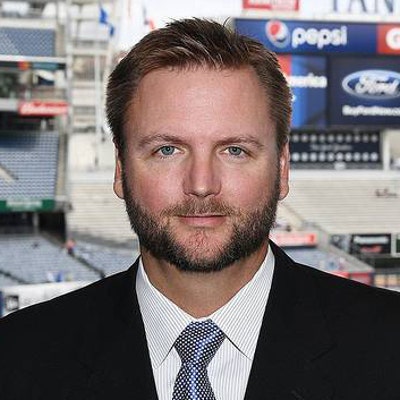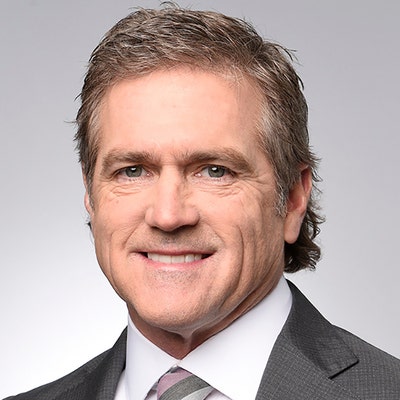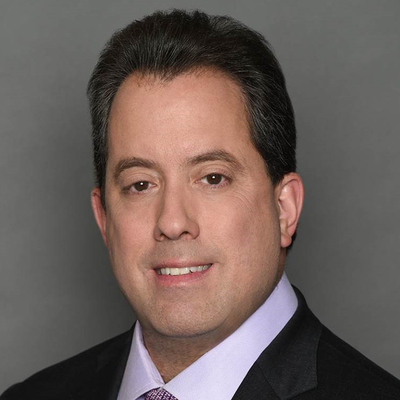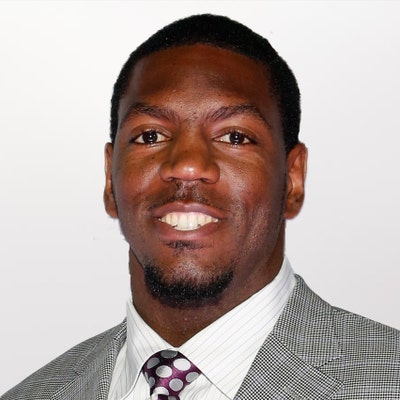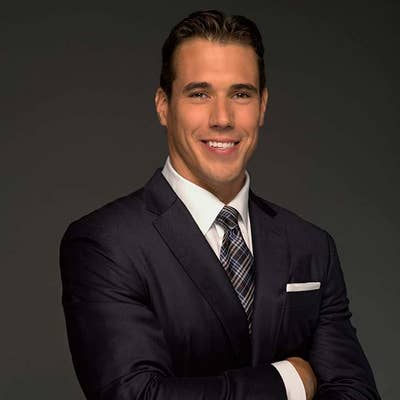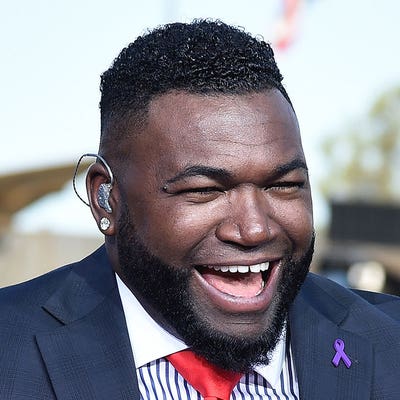
The great interleague debate rages on
CINCINNATI — Justin Verlander's fondest wish is to get a base hit — one major-league hit. Just one.
He doesn't often get the chance, being a pitcher of note in the American League for the Detroit Tigers, where the designated hitter is employed.
With all the statistics and records and awards next to his name, though, Verlander wants a hit when he faces Bronson Arroyo and the Cincinnati Reds in Great American Ball Park Saturday. It is a National League park, so he has to hit in this interleague game.
To date, Verland is 0 for 20 with 13 strikeouts in his futile walks to and from the batter's box.
When asked if he likes interleague play, Reds outfielder Ryan Ludwick said, "Well, how else would the fans in Cincinnati get to see Justin Verlander play?"
Yeah, they want to see him pitch, not try to hit.
In preparation for Verlander's Challenge Saturday, the Tigers and Reds warmed up Friday night, their first encounter since 2006, a 6-5 Reds victory in 10 innings. It was a dramatic finish, a first-pitch suicide squeeze by pinch-hitter Wilson Valdez, scoring Miguel Cairo from third base after he led the 10th with a triple.
And that's the theme of this epistle: Do the Reds like or dislike interleague play or has it run its course and outlived any usefulness?
"No, no," said Reds' third baseman Scott Rolen. "No, no. No, no, no. That's an easy one. That's a softball right there. I don't like it from a purist point of view or a baseball strategy point of view. We're playing two different games with the DH."
That's the big complaint from National League teams when they have to play in the American League parks and use the DH. An American League team has a DH they might pay $4 million a year while the National League team uses a utility/pinch-hitter/bench-sitter who might be paid $500,000.
And then there is the schedule. Teams don't play the same teams. National League teams who have to play the American League East are at a disadvantage to those playing American League Central teams.
And then there are those natural rivalry games where two teams plays six games against each other, three at each venue. While the St. Louis Cardinals play six games against the Kansas City Royals with a chance to win all six, the New York Mets play the New York Yankees and the Chicago Cubs play the Chicago White Sox and the Pittsburgh Pirates play the Philadelphia Phillies. Those NL teams have a chance to lose all six.
Cincinnati's natural rival is the Cleveland Indians, and Reds pitcher Homer Bailey remembers his major-league debut.
"It was in June, 2007 and the Indians were the best-hitting team in baseball," said Bailey. "And it was, 'Hey, welcome to the big leagues, Homer.' Man, this is what I get to face?
"I think it'll be better-served next year when you start playing everybody," said Bailey. "If you have to play the AL East, and the AL West is pretty good, too, that's a disadvantage. And if our interstate team is real good and that's the one you're playing, another team in our division may get to play a team that isn't very good."
Rolen has played in both leagues and prefers the National League style and says, "When you see a team for one three-game series over a five-year span (like Cincinnati-Detroit this weekend), you don't have a real feel for the opposition's players, whether you are a pitcher or a hitter. I mean, you could possibly face six pitchers you've never seen before. I don't expect sympathy, but that's the way I feel. I prefer familiarity."
Second baseman Brandon Phillips, too, has played in both leagues and shrugs it off with, "It doesn't bother me. It's just good that you can see where you stand with teams in the other league. One day, you might face that team in the World Series. And it's not one-sided, everything is the same for both. We have to use a DH at their places and their pitchers have to hit in our place, so that's fair.
"It is nice to go to different cities and play different teams and mostly, that's nice for the fans. Isn't that what we're all about?" Phillips added.
Outfielder Drew Stubbs is a staunch supporter and says, "It's a nice little shake-up of the schedule. You're always playing the same teams and the same faces. I've been in the big leagues four years and I've never played Detroit or Minnesota, and this year I get to see them both come to our park.
"You never see them, and it gives you a nice change of pace," he added. "And when you go to an American League park you have to use the DH, but I like seeing the new faces and different parks and get a different feel."
Ludwick has played in both leagues and likes the DH look and feel.
"It is exciting for the fans to see different faces instead of the same old teams," he said. "Some baseball purists aren't, but it's good for the fan's perspective. I can see the argument as far as strength of schedule, but it's good for both leagues to have experience with and without the DH before post-season play, get a feel for it."
Catcher Ryan Hanigan takes a more pragmatic view, a view from behind the plate.
"It's a challenge from my position because you don't see these hitters as much," he said. "You can't learn as much from video and scouting reports as you can from just playing against guys. It's the same for them, so you go with the best scouting report you can. But it is fun to play different teams and see different players in the other league you don't normally get to see."




